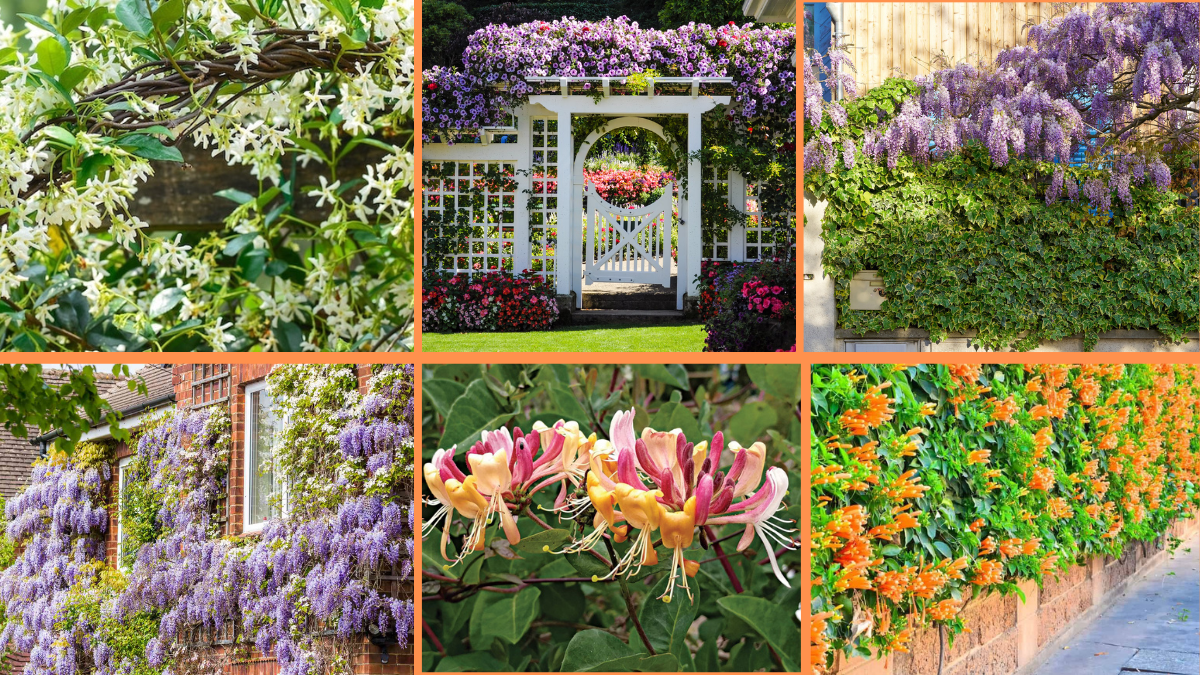There’s something naturally appealing about a lush, green wall of climbing plants gently swaying in the breeze, offering a secluded, tranquil retreat from the outside world. Climbing plants are not only beautiful but also incredibly functional. They can transform plain fences, walls, and trellises into living privacy screens, providing shade, improving air quality, and attracting pollinators to your garden.
Whether you have a small balcony, a cozy patio, or a sprawling backyard, growing climbing plants is a stylish, eco-friendly, and effective way to create privacy in your outdoor space. In this comprehensive guide, we’ll share everything you need to know to successfully grow and care for climbing plants for privacy.
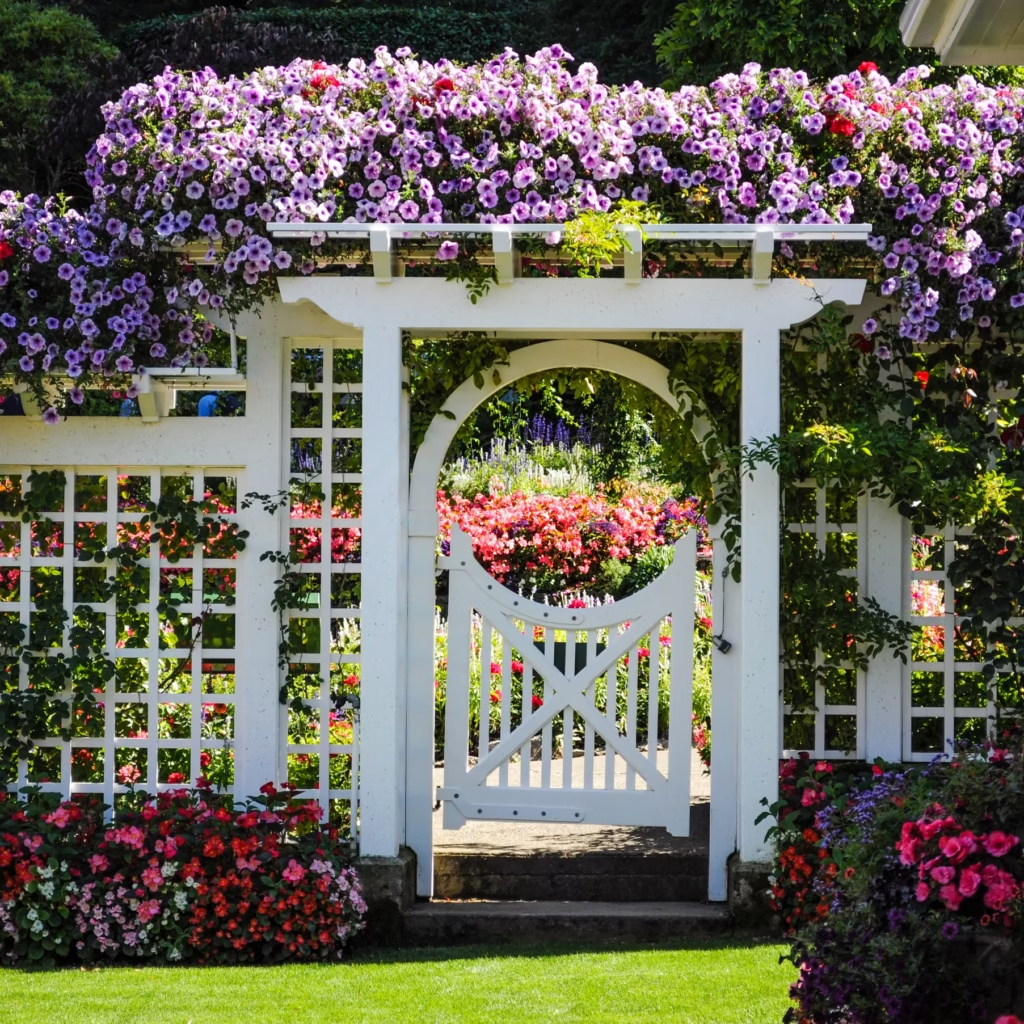
Why Choose Climbing Plants for Privacy?
Before diving into the how-tos, let’s explore the many benefits of using climbing plants for privacy:
- Natural Screening: Climbing plants form lush, green walls that block unwanted views without feeling harsh or artificial.
- Space-Efficient: They grow vertically, making them perfect for small gardens, patios, and balconies.
- Aesthetic Appeal: Climbing plants add texture, color, fragrance, and seasonal interest to otherwise bland structures.
- Wildlife-Friendly: They provide habitat and food for beneficial insects, birds, and pollinators.
- Air Purification: Many climbing plants help clean the air by absorbing pollutants and producing oxygen.
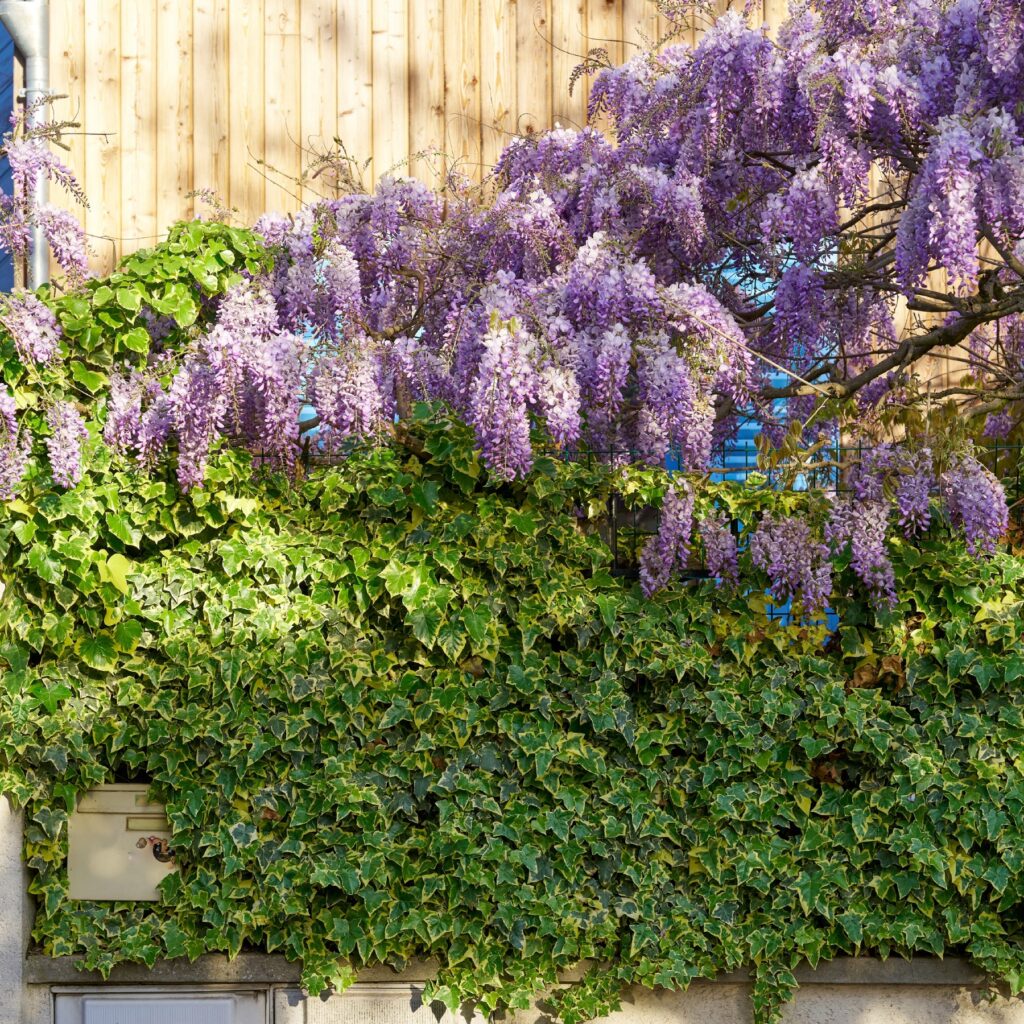
Best Climbing Plants for Privacy
Choosing the right climbing plants depends on your climate, available space, sun exposure, and personal preferences. Here’s a list of popular options:
Flowering Climbers:
- Clematis: Available in a variety of colors, clematis is a classic favorite for sunny spots.
- Honeysuckle (Lonicera): Known for its sweet fragrance and fast growth.
- Climbing Roses: Elegant blooms and lush foliage for romantic garden spaces.
- Bougainvillea: Vibrant, paper-like flowers thrive in warm, sunny climates.
- Wisteria: Produces cascading clusters of purple or white flowers in spring.
Evergreen Climbers:
- Star Jasmine (Trachelospermum jasminoides): Glossy leaves and sweet-smelling white flowers.
- English Ivy (Hedera helix): Hardy and reliable, perfect for shaded walls.
- Carolina Jessamine: Bright yellow blooms with evergreen leaves.
Edible Climbers:
- Grapevines: Dual-purpose climbers offering both shade and fruit.
- Passionfruit Vine: Produces exotic flowers and delicious fruit.
- Runner Beans: Adds height, color, and edible pods in summer.
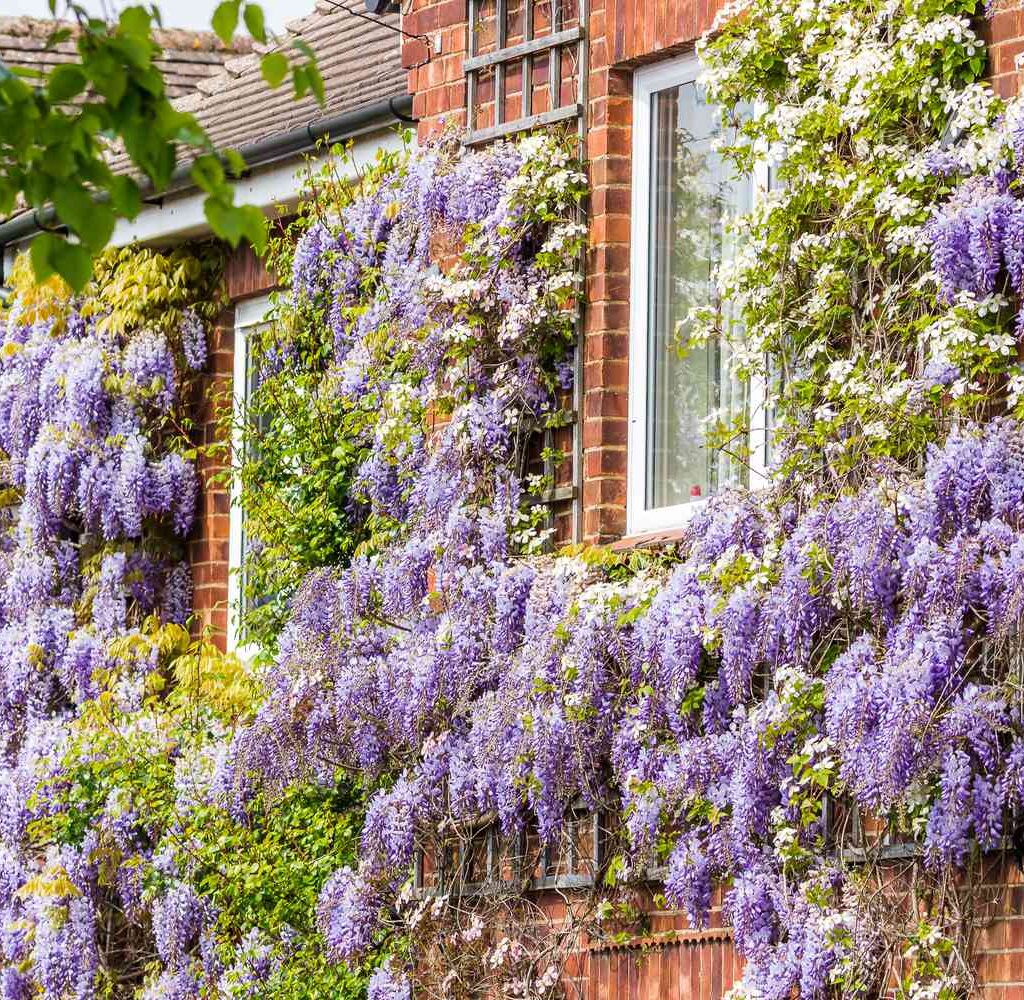
How to Grow Climbing Plants for Privacy
1. Choose the Right Location
Selecting an appropriate spot is essential for the success of your climbing plants.
- Sun-loving plants (e.g., bougainvillea, clematis) need 6-8 hours of direct sunlight daily.
- Shade-tolerant varieties (e.g., English ivy) can thrive in partially shaded or north-facing areas.
Consider the structure you’ll be growing them against:
- Fences: Offer support and define boundaries.
- Trellises and Arches: Create decorative, freestanding screens.
- Pergolas and Gazebos: Provide overhead privacy and shade.
- Walls: Vertical surfaces for wall-hugging climbers.
2. Prepare the Soil
Healthy soil lays the foundation for vigorous, resilient plants.
- Loosen the soil to a depth of at least 12-18 inches.
- Add organic matter like compost or well-rotted manure to improve drainage and fertility.
- Ensure the soil is neither too acidic nor too alkaline (most climbing plants prefer a pH of 6.0–7.0).
3. Install Support Structures
Climbing plants need proper support to grow vertically and create a privacy barrier.
- Trellises: Use wooden, metal, or plastic trellises attached to fences or walls.
- Wires and Cables: String horizontal or vertical wires to guide growth.
- Arches and Obelisks: Great for patios, entrances, or garden walkways.
- Pergolas: Ideal for creating shaded outdoor living areas.
Ensure supports are installed before planting to avoid damaging roots later.
4. Planting Climbing Plants
When planting climbing plants:
- Dig a hole twice as wide and deep as the root ball.
- Place the plant at the same depth it was in the nursery pot.
- Backfill with soil mixed with compost.
- Water thoroughly after planting.
Tip: Angle plants slightly toward their support structure for easier attachment.
5. Watering and Feeding
- Newly planted climbers need consistent moisture until established.
- Once mature, water deeply during dry periods, especially in summer.
- Apply a balanced fertilizer in spring to encourage vigorous growth.
- Flowering varieties may benefit from a high-potash feed (like tomato feed) during the blooming season.
6. Training and Pruning
To create an effective privacy screen, regular training and pruning are essential.
- Tie new shoots to supports using soft ties or garden twine.
- Prune regularly to remove dead or overcrowded stems.
- Direct growth horizontally as well as vertically for denser coverage.
- For flowering climbers, prune according to their blooming habits:
- Spring bloomers after flowering.
- Summer and fall bloomers in late winter or early spring.
7. Mulching and Weed Control
Apply a 2-3 inch layer of organic mulch (like bark chips or leaf mold) around the base of your climbing plants to:
- Retain soil moisture.
- Suppress weeds.
- Regulate soil temperature.
- Provide slow-release nutrients.
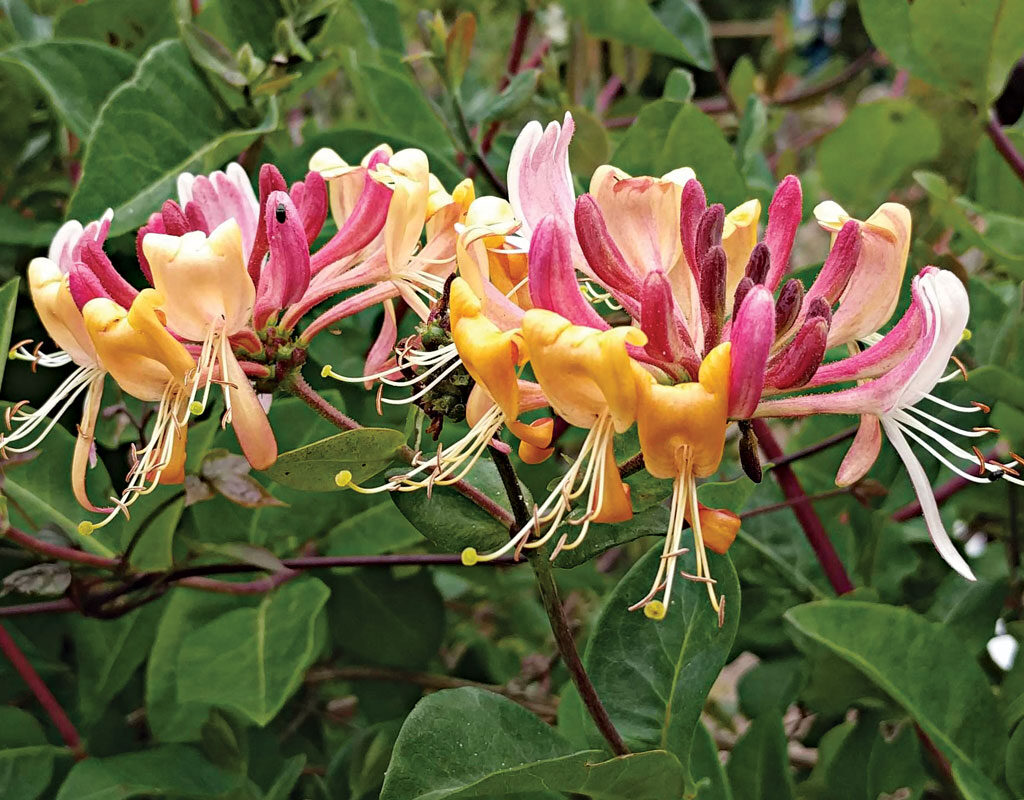
Creative Ideas for Climbing Plant Privacy Screens
- Living Walls: Use climbing plants on vertical planters or trellises attached to balcony railings or fences.
- Green Tunnels: Cover pergolas or arches with lush climbers for shaded walkways.
- Container Climbers: Grow climbing plants in large pots with freestanding trellises — ideal for patios or small spaces.
- Garden Room Dividers: Use panels of climbing plants to define outdoor areas for dining, relaxation, or play.
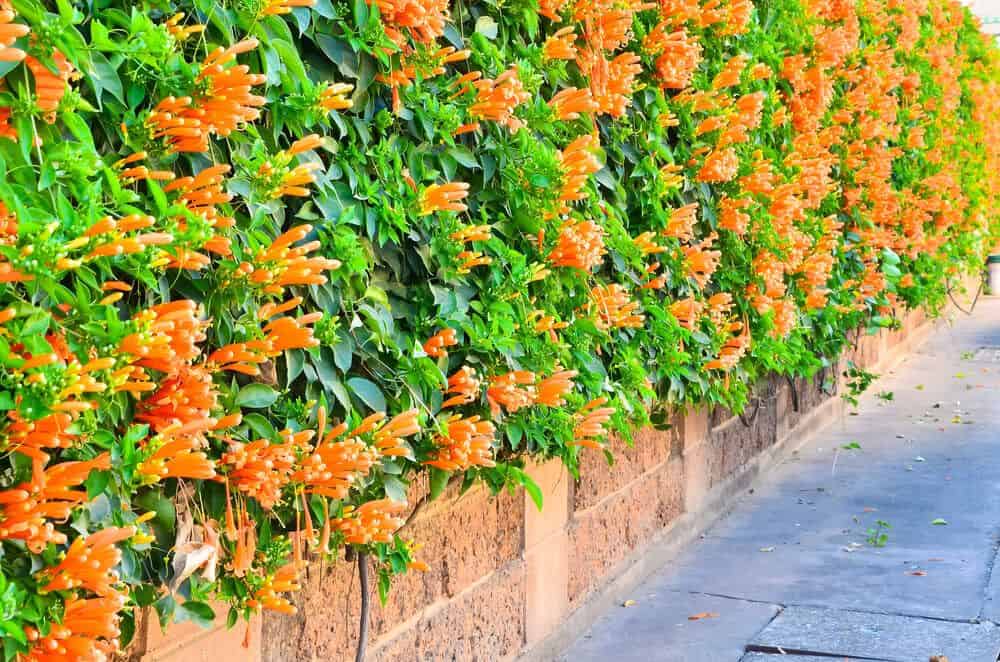
Common Problems and Solutions
Pests:
- Aphids, spider mites, and caterpillars can affect climbing plants.
- Treat with insecticidal soap, neem oil, or introduce beneficial insects like ladybugs.
Diseases:
- Powdery mildew, rust, and leaf spot can occur.
- Ensure good air circulation and remove affected foliage promptly.
Weak or Sparse Growth:
- Improve soil fertility with compost.
- Check for adequate sunlight.
- Prune to encourage branching.

Conclusion: Create a Green Privacy Haven
Climbing plants are one of the most versatile and attractive ways to add privacy and character to your garden. With the right plant choices, supports, and care techniques, you can enjoy a natural living wall that not only shields you from prying eyes but also adds beauty, fragrance, and wildlife to your outdoor space.
Whether you prefer evergreen ivy for year-round coverage, fragrant jasmine for warm evenings, or cascading wisteria blooms in spring, there’s a climbing plant perfect for every garden. Follow these tips, stay consistent with care, and soon you’ll be surrounded by a flourishing, private green retreat you can truly call your own.
